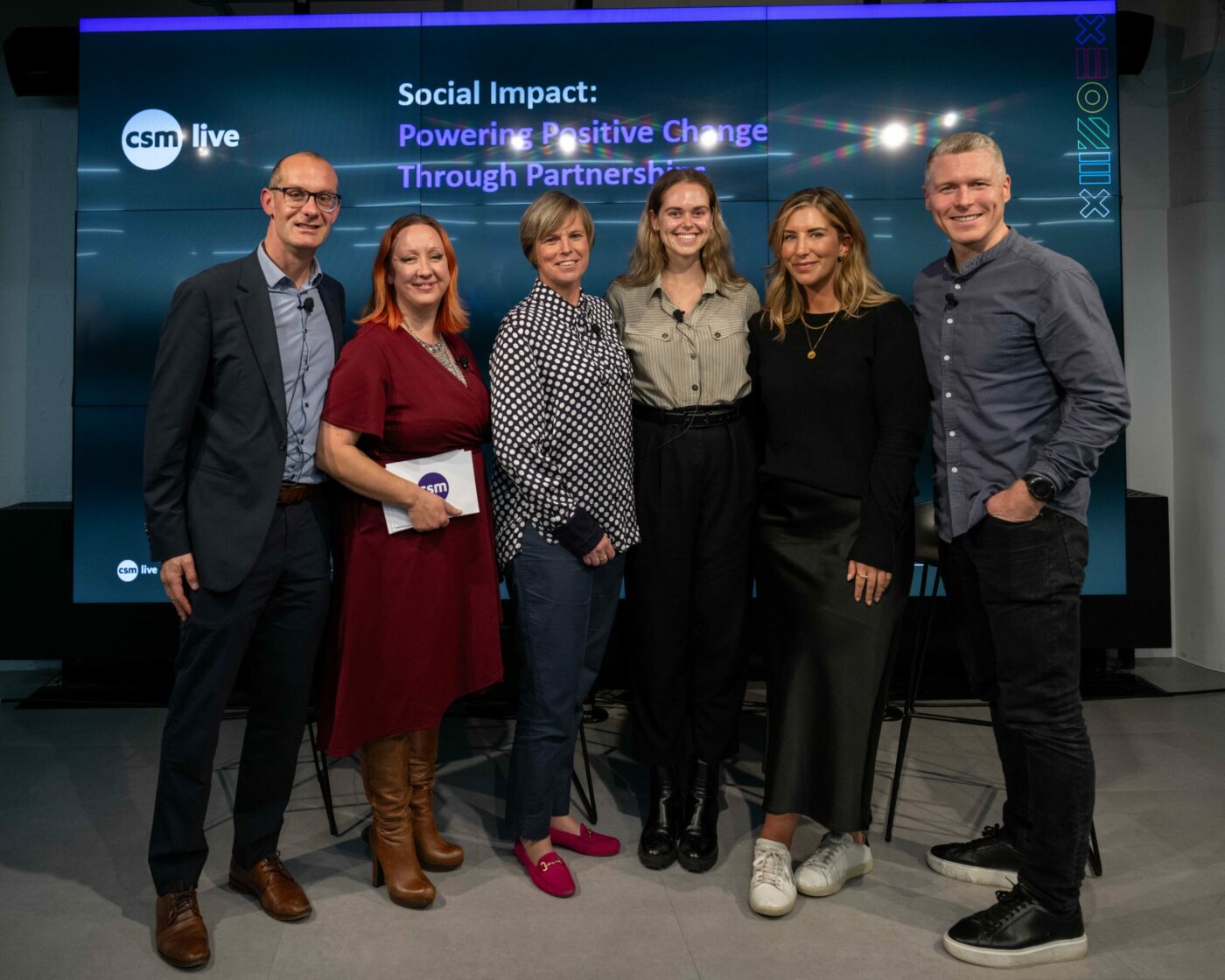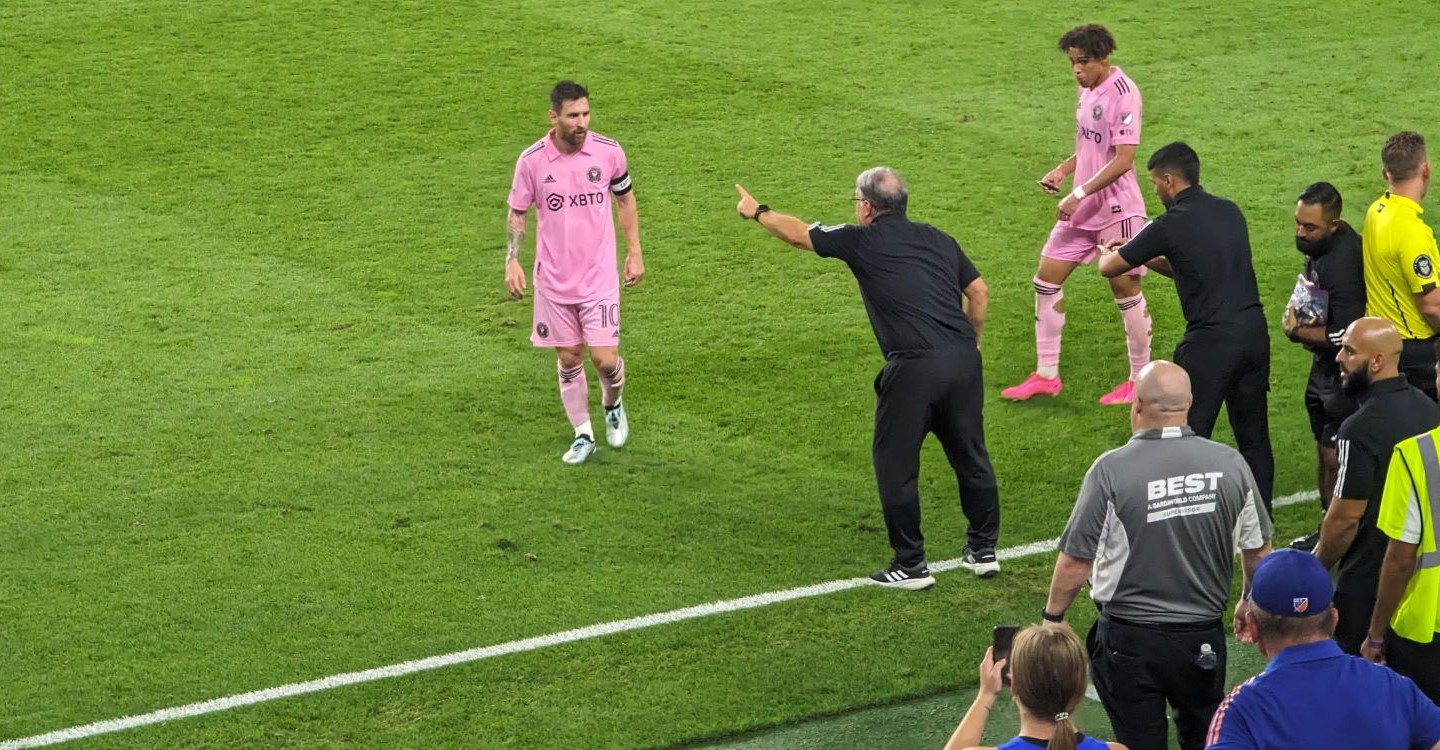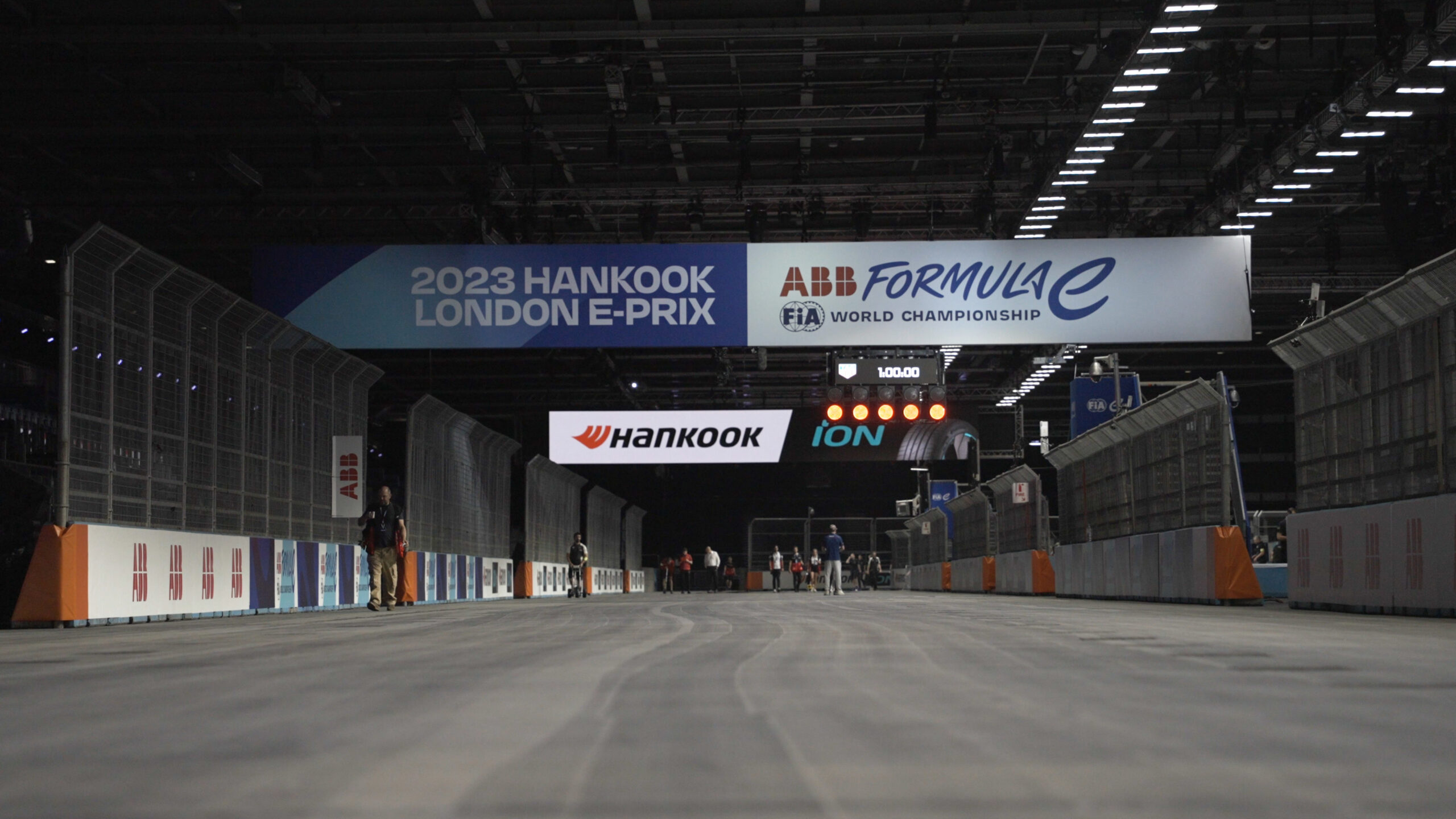The 2023 Basketball World Cup has served as a landmark event for the International Basketball Federation (FIBA).
Taking place in the Philippines, Japan and Indonesia, the tournament’s opening game on August 25 shattered the event’s attendance record as 38,115 fans took to the vast 50,000-seat Philippine Arena in Ciudad de Victoria to watch co-hosts the Philippines fall to an 87-81 defeat against the Dominican Republic.
The previous record for a Basketball World Cup game in an indoor arena dated back to the 1994 World Cup final in Toronto, Canada, when 32,616 spectators saw the USA’s ‘Dream Team 2’ claim victory over Russia at the SkyDome.
The 19th edition of FIBA’s flagship event took place for the first time across three host nations, with the Philippines, Japan and Indonesia seeing off competition from a joint bid by Argentina and Uruguay to land the hosting rights in December 2017.
Running through to September 10, the Philippines took on the lion’s share of the tournament, with the Philippine Arena’s opening game followed by Araneta Coliseum (Quezon City) and Mall of Asia Arena (Pasay) taking on Group Phase action, before the Final Phase played out at the latter venue. Indonesia and Japan’s venues for Group Stage action were Indonesia Arena (Jakarta) and Okinawa Arena (Okinawa City), respectively. On the court, Germany, which unexpectedly overcame the USA in the semi-finals, conquered Serbia in the final.
Tackling the triple host challenge
Commenting on how FIBA has met the challenge of tailoring the fan experience to appeal to fans across the three host nations, Frank Leenders, FIBA Media and Marketing Services director general, told Fan XP: “Like every event, fan culture in every country differs slightly, but at the same time, they are united by the love of sports, the love of basketball, and the love of their country.
Therefore, each host country, through setting up the Fan Zone and preparing a variety of activities for fans, tried to include both basketball-related activities and performances of the most popular artists and famous athletes from their countries.
“There were basketball courts in the Fan Zones of all three host countries, where everyone who came to the Fan Zone could test their basketball skills. Fan Shops were located in each fan zone and everyone who attended the Fan Zone had the opportunity to purchase various merchandise.
“Besides the basketball activities and daily local artist performances, basketball fans had the opportunity to watch live broadcast games of the World Cup from the other groups as well as enjoy local dishes and drinks in all Fan Zone food and beverage areas.”
Sponsor backing
The 2023 World Cup is expected to be confirmed as the most commercially successful for FIBA in the tournament’s history. A total of 10 FIBA top-tier Global Partners – Ganten, J9.basketball, Molten, Nike, Smart, TCL, Tencent, Tissot, Wanda Group and Yili – got involved in shaping the fan experience.
Leenders said: “Our Global Partners had various activities happening in the venues during game times. Some examples included the Ganten Water Challenge during quarter breaks and time outs for spectators to participate in.
“J9 Lucky Seat was a chance of an upgrade to VIP for a ticket holder, while there were social media giveaway contests, photobooths in venues, local stars performing at venues, t-shirt gun giveaways, kiss cam, dance cam and emoji cam.”
Prior to the World Cup tipping off, a Trophy Tour ran over three-and-a-half months with 33 stops taking place across the globe. In Manila, the city’s Fan Zone opened on August 25, while on September 4 a special ‘Play Break’ event included a Fan Zone Fest.
Okinawa’s main Fan Zone also commenced operations on opening day, with three satellite facilities operating in Okinawa Zoo (August 25 to September 3), Ginowan City (August 25-27) and Chatan Town (August 25 to September 3). Jakarta’s Fan Zone opened earlier, on August 23, with its offerings including music performances from the likes of Vierra, Dikta, Om Leo Berkaraoke, Hivi!, RAN, Discopantera and DJ Jay Jax.
Harnessing technology
FIBA and local organisers also deployed certain technology innovations to enhance the fan experience. For those unable to make the World Cup in-person, the FIBA Media team producing the games put in place a broadcast set-up featuring an unprecedented number of cameras for a FIBA event – 26 for the Group Phase and 34 for the Final Phase in Mall of Asia.
Included in this set-up was nine specialty cameras in the form of a 4 points Aerial Camera, a Rail Cam, poll cam, one cinematic cam, a ground camera and a C360.
Meanwhile, PLDT, MediaQuest Holdings, Cignal TV and NTT DATA claimed a first for the Philippines and Asia by introducing Pearl, the country’s first ‘Digital Human.’ A conversational Artificial Intelligence (AI) Avatar powered by Digital Human technology, Pearl was stationed at special kiosks at the Araneta Coliseum and the Mall of Asia Arena.
Equipped with ChatGPT technology, as well as visual and sound sensors, Pearl was able to converse with fans in English and Filipino and answer their World Cup-related questions – such as how to get to their seats. She was also able to offer other useful information, ranging from where fans could get their gameday snacks to recommending activities in Manila for tourists, ensuring than the fan experience both in a digital and physical sense hit new heights for basketball’s flagship international competition.









